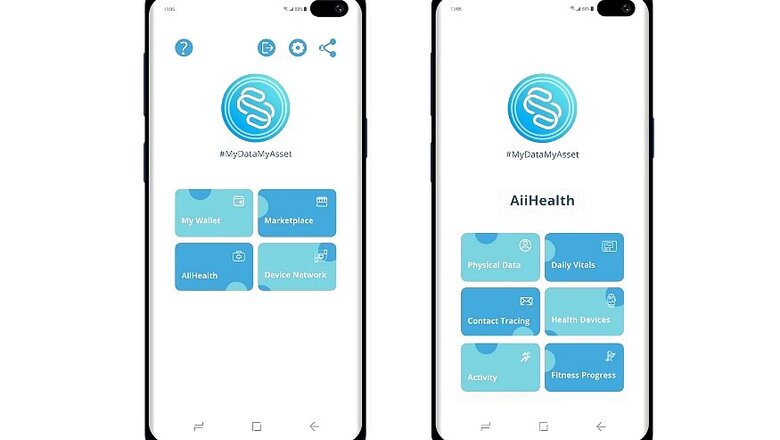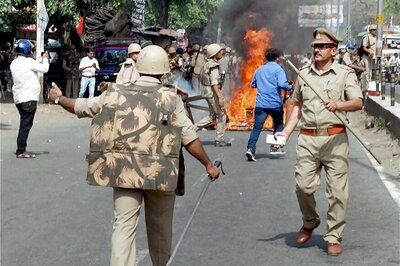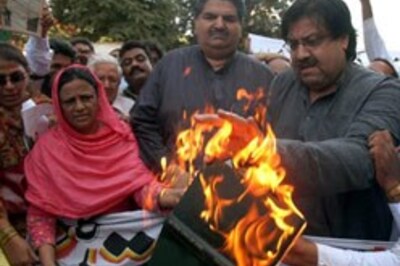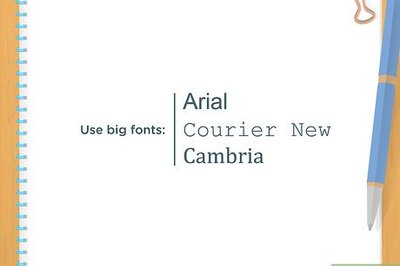
views
Editors' Note: The Industry Dialogue is a multi-part series by News18.com in which the industry talks about the impact of the Coronavirus pandemic and the challenges because of the COVID-lockdown, as well as the possible solutions and measures to get the economy back on track at the earliest.
To say that the coronavirus pandemic is a catastrophe would be an understatement. The calamitous outbreak of the virus has left the world reeling. With cases crossing 3 million, governments and private organizations across the world are racing to help contain the transmission and avoid any further damage to the global economy and livelihoods. This brings the question of why a majority of countries are unable to contain the outbreak? Some of the major reasons include lack of sufficient testing and contact tracing. Despite the immense progress that technology has made, technologies like contact tracing are only just being introduced. Multiple apps are doing this, and all that data will be helpful and necessary for health authorities.
What is contact tracing?
A fairly straightforward yet key process, contact tracing is attempting to determine every person that an infected individual has come into contact with. It is a crucial tool to help identify those people who are infected or might potentially be infected to ‘flatten the curve’. Contrary to popular belief, contact tracing is more than just tracking an individual’s movement and mapping the locations he/she visits. For instance, Aiisma’s state-of-the-art technology feature AiiHealth is a health mapping feature that helps people manually enter, track and share their health-related insights with healthcare professionals. The new health mapping features combined with the geo-tagging data will help health authorities to take proactive measures to avoid transmission of the virus.
Aiisma, India’s first-ever consumer to business data marketplace backed by frontier technology has introduced contact tracing features which can be used via smartphones by using geo-location sharing feature on its data marketplace. The tracking feature keeps the person’s details anonymous, thus ensuring privacy of data and identity. The anonymous feature will release a trigger function that will alert any Aiisma user who might have come into close contact with the infected person and may be potentially infected. The aim is to create a digital fence of sorts against COVID-19 and help authorities and citizens overcome it.
contact tracing is more than just tracking an individual’s movement
AiiHealth keeps a track of basic health data and creates a record for the individual to review. The app then proceeds to send the data to healthcare professionals in the event of a person appearing to be at risk of infection. This consistent tracking will prove to be useful in the longer run and help doctors offer more accurate treatment and determine the right medication for the person’s health to improve. The geo-tagging feature within the app will automatically compare your geographical location pattern with that of those people who are infected while maintaining anonymity. This will safeguard your privacy and at the same time alert you when you have been in the vicinity/come into contact with an infected individual.
This model will help the country create an anonymous and open flow of information that will help government and healthcare authorities to maintain a more structured record to counter the pandemic. To help ease fear and avoid panic, the information dispersal system of Aiisma will also circulate verified and accurate information through text, banner and video messages on behalf of the authorities. This technology, on a larger scale will prove to be extremely helpful, especially in a country with a vast population such as India. If the app is used correctly and data is tracked systematically, India will be able to ‘flatten the curve’ soon and avoid further downfall.
About the Author:
Ankit Chaudhari is the Co-founder of Aiisma, a platform that connects consumers with business in an attempt to help them create data ecosystems.



















Comments
0 comment